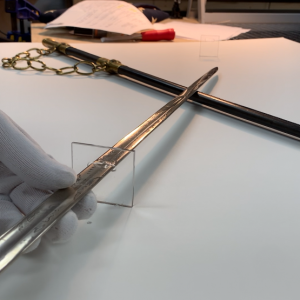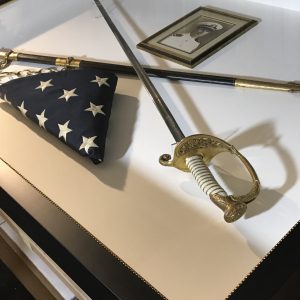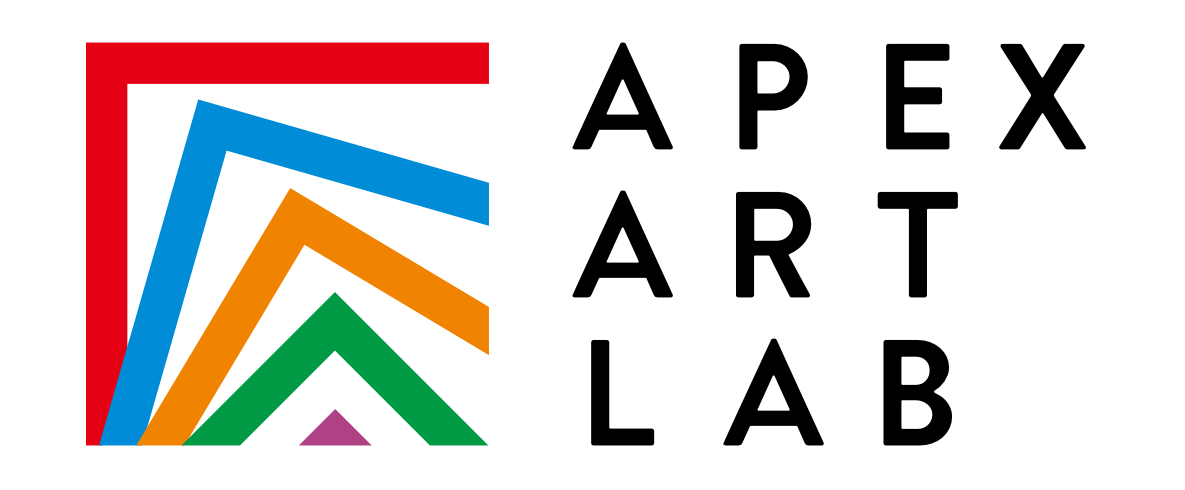
10 Oct Glues 101: What You Need to Know Before You Ruin Your Art
Glues 101: What you Need to Know Before you Ruin Your Art
Now let me say, if you bring your art to your local framer (not chain shop) they will know how to best mount your art. This is a guide for your reference to avoid incidents if your were to work with less knowledgeable framers.
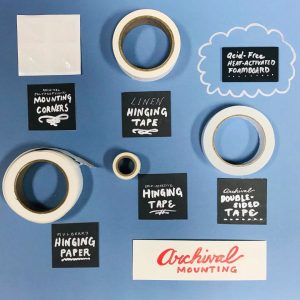
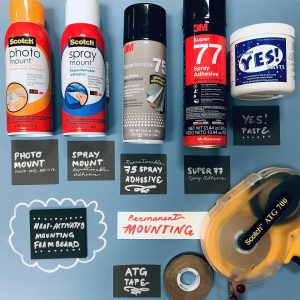
Generally there are two schools of mounting strategies: archival and non-archival. Archival mounts offer long-term conservation for original, valuable, or sensitive artworks. Standard or non-archival mounting is used for prints or other reproducible artworks. Non-archival mounts are obviously more cost efficient than archival mounting strategies, but they don’t help in protecting the art from discoloration/degradation from light or exposure to materials made with corrosive acids.
Let’s take a look at the different types of non-archival mounting strategies:
+ Spray mounts – Spray mounts are a permanent mounting strategy that uses a spray adhesive such as Scotch Spray Mount or 3M Super 77 Spray Adhesive. The predominate chemicals of these adhesives are acetone, propane, petroleum, and heptane isomers.
+ Dry mounts – Dry are mounting strategies where no liquid adhesives need to be put on the artwork. This is helpful as the water content in glues can make prints bubble or discolor if applied incorrectly or to incompatible materials. There are several dry mount approaches such as heat mounts and vacuum mounts.
+ Non-archival heat mounts – This is a standard mounting strategy because it offers a quick, permanent mount and it is great for smoothing out any minor rippling in the artwork. This process entails placing the artwork on a special foam core that is coated with a heat activated film. Next step is to line up the print on the backing and off to the heat press! We use a Born Fang Masterpiece dry mounting and laminating press at 157 degrees for 50 seconds for most projects.
+ Vacuum mounts – Vacuum mounts are a similar process to heat mounts but different in the applied heat. You start with a similar board that is coated with an adhesive film but instead the machine creates a vacuum to suck out all of the air, binding them together.
Now lets cruise through some archival mounting strategies:
+ Hinge mount: Mulberry hinging paper & linen hinging tape by Lineco.
Linen hinging tape offers pressure sensitive adhesive that is removable by mineral spirits. Linen hinging tape offers a strong acids free high thread count cotton tape that is backed with an acrylic adhesive that is permanent, non yellowing and stable over time. In contrast to linen hinging tape, mulberry hinging tape is an acid free lignin free ph neutral long fibered paper but with no glue on the back side. With mulberry hinging tape you need to use a starch paste or methyl cellulose adhesive.
+ Heat-activated Archival mounting tissue : This is a special type of heat-activated tissue that features an acid-free mounting adhesive tissue that under a low-temperature, melts and bonds as it cools. This mounting tissue is ideal for delicate materials including sheepskin, thin media, silk, and more. It is reversible and activates at temperatures between 160 F – 190 F.
+ Archival Object Mounts:
We recently framed up a customer’s father’s Navy Officer sword (pictures below of some glimpses into the process) which required us to come up with a bespoke, archival mounting strategy for this valuable piece of family history. We used two pieces of custom cut acrylic as structural support for the sword, and then secured the sword using strategically placed wires that looped through the mat to the back. This is a great example of how there isn’t a hard and fast strategy for archival object mounts, but rather you need to be inventive and come up with something that works specifically for the piece.

